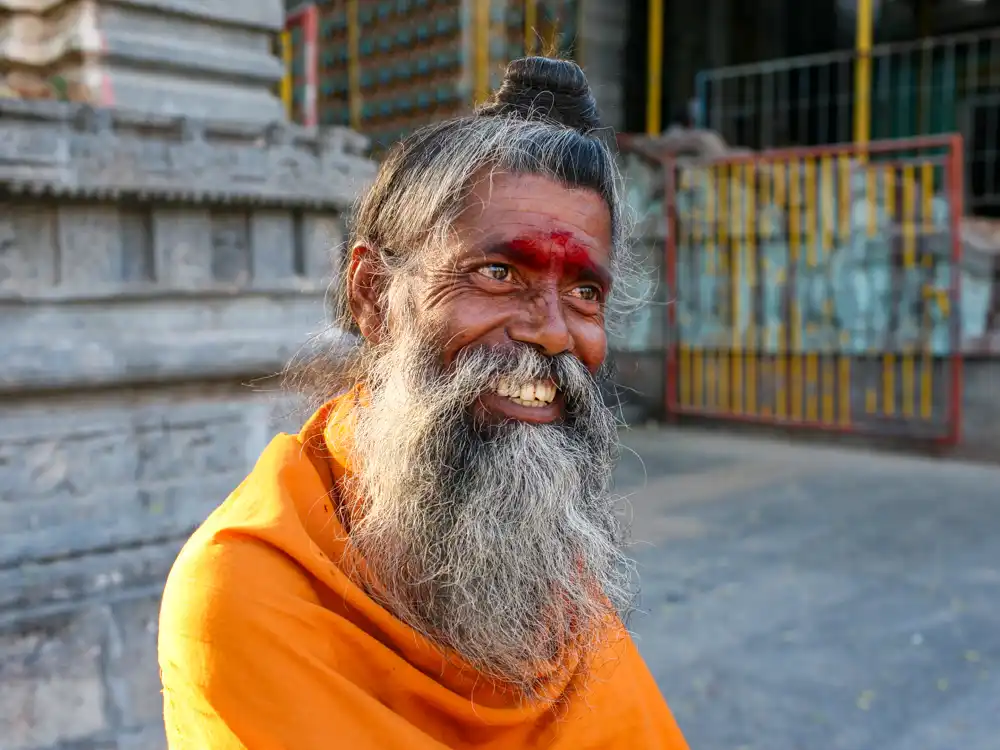…or how to survive in a town where a banana leaf is a plate and cows have right of way over humans. Useful tips for visiting Tiruvannamalai:
Thanks to a few friends, I survived several days in Tiruvannamalai, a holy town in India. I explored their customs, caste system, religion, temples, and the raw everyday life on the streets—where survival is not a metaphor, but a daily struggle.
Letters from Tiruvannamalai
- Letters from Tiruvannamalai: Arunachaleswarar and sacred places
- Letters from Tiruvannamalai: In the streets of the holy city
- Letters from Tiruvannamalai: Girivalam, the path to the sacred hill
✍️ A quick survival guide
🚕 Transport (chaos with a smile)
- Tuk-tuks are your best friend—and sometimes your biggest thrill. In Tiruvannamalai, you’ll be glad they exist. Want to find hidden gems? Hire the same driver for a few days. He’ll show you things Google never heard of.
- Always agree on the price before the ride. If you’re unsure of local rates, offer half of what they ask.
- During rush hour, downtown turns into a video game—you dodge a cow, a motorbike, a beggar, and a meditating guy all at once.
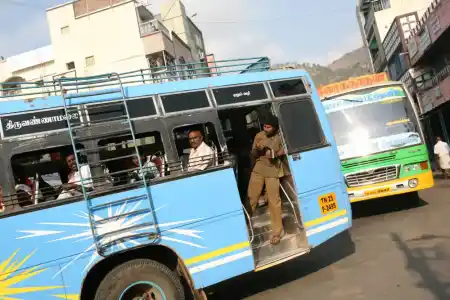
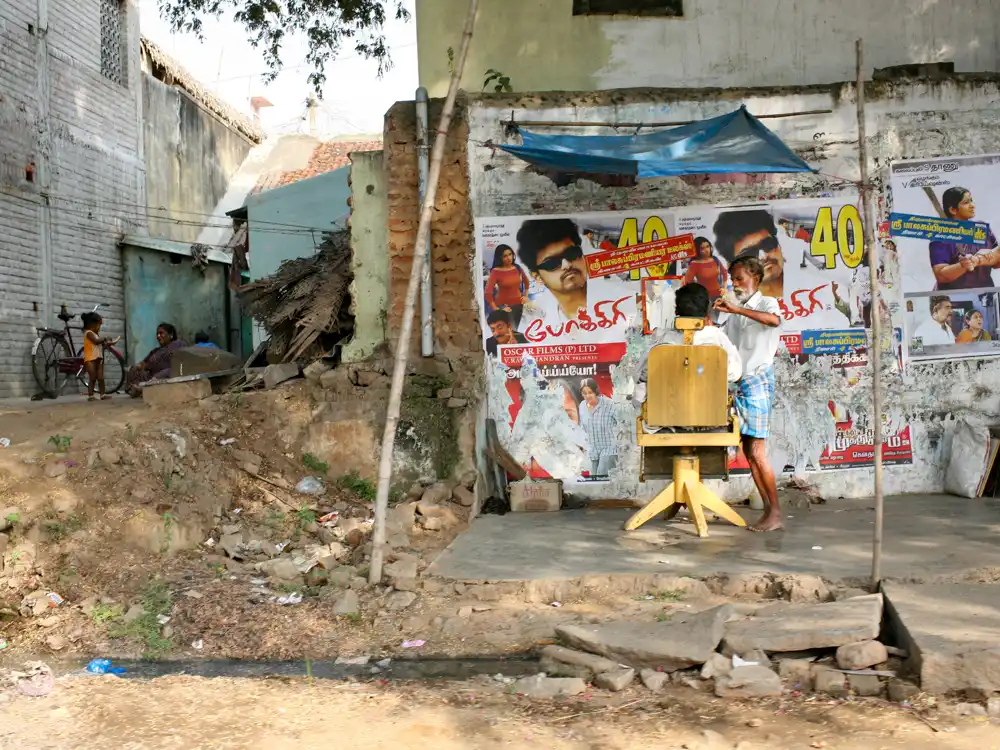

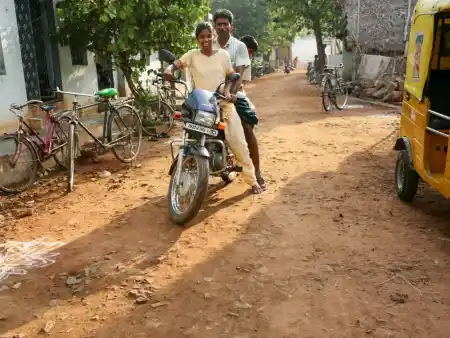
🛍️ The Market – fragrant, loud, hypnotic
- Spices: Turmeric, cardamom, garam masala—it all smells like an Indian dream.
- Fabrics & saris: Your eyes can’t keep up. Your hands want everything. Your wallet will cry.
- Buy a mango and watch the vendor peel it with the precision of a surgeon.
- Souvenirs: Incense, deity statues, fragrant sticks. Some smell like a church service, others like a rave. In Tiruvannamalai, the scent of incense is inescapable.

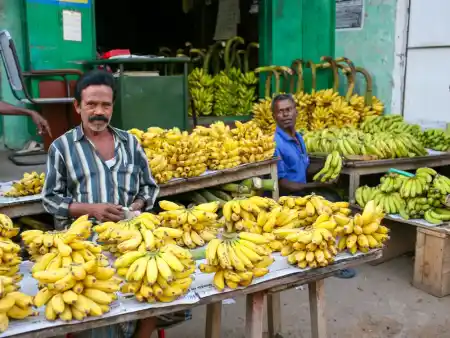
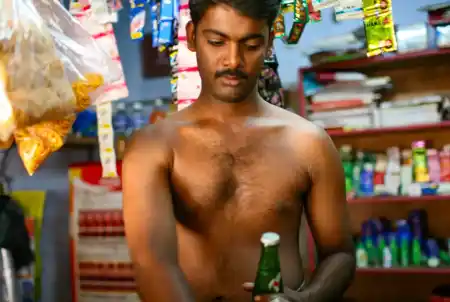
🍛 Food (and how not to die)
- Banana leaf ≠ salad. It’s your plate. Once they pile curry on it, you’ll understand.
- Eat with your hands—but only the right one. The left is “unclean” (don’t ask—Google it).
- Water? Only bottled. Do not drink from that well where three holy men and one dog washed their feet this morning. Also avoid raw foods washed in tap water.
- Coconut water: The best street drink. You’ll find it everywhere, sold fresh. The farmer will slice the top open for you. Sip slowly—gulping it down will make your voice croaky.
👘 Clothing makes the human—and earns respect
- Women: Wear a sari and you’ll get admiring looks and compliments from everyone back home. The colors are amazing. But be ready for it to slip, and for locals to secretly shake their heads.
- Men: Light cotton shirts, dhoti (aka “tablecloth around your waist”)—anything’s better than sweating through your jeans. Just… maybe don’t try this outfit back in Europe.
- In temples, always go barefoot. Leave your shoes at the door—preferably with an old granny who’ll guard them for ₹10 while chanting the entire Bhagavad Gita.
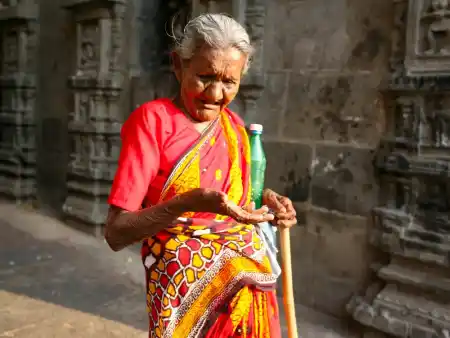
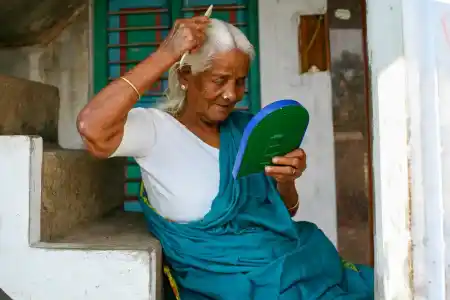

🧠 Mind-blowing customs (in a good way)
- Cows are sacred. They can nap in the middle of the road. You can’t.
- The caste system is everywhere. You won’t see it, but you’ll feel it—in who hands you a glass of water, and who doesn’t.
- Everything is spiritual—trees, stones, tuk-tuks. Especially the receipt you’ll never get in India.
- Skeptical? You can be. Just don’t say it out loud. Learn to ponder silently with a slight head tilt—like Ramana.

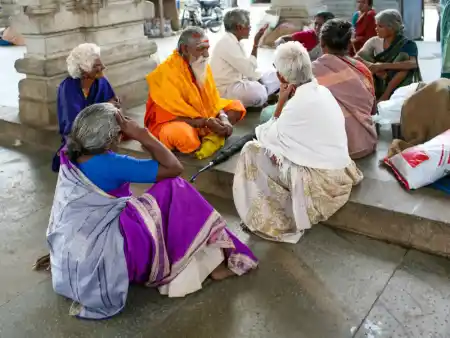

🕉️ Best time to visit Tiruvannamalai
🧘♂️ November – February (Winter Season)
Perfect conditions:
- Temperatures around 20–30°C, great for hiking Arunachala.
- Low humidity, fewer mosquitoes.
- Peak spiritual season – full of pilgrims, vibrant energy, and festivals like Karthigai Deepam (Nov/Dec), when fire is lit atop the sacred hill.
👉 Planning to stay at an ashram or join a retreat? This is the time to go.
🌞 March – June (Summer)
- Extreme heat, temperatures above 40°C.
- Streets are empty during the day. Life slows down.
- Some ashrams and restaurants run on low energy.
👉 For heatproof introverts who crave off-season peace.
🌧️ July – October (Monsoon)
- Frequent but short rains.
- The land turns lush and green. Fewer tourists.
- Some hikes might be muddy or slippery.
👉 A poetic time for photographers and rain lovers—just prepare for messy roads.
Enjoy usefull tips for visiting Tiruvannamalai

